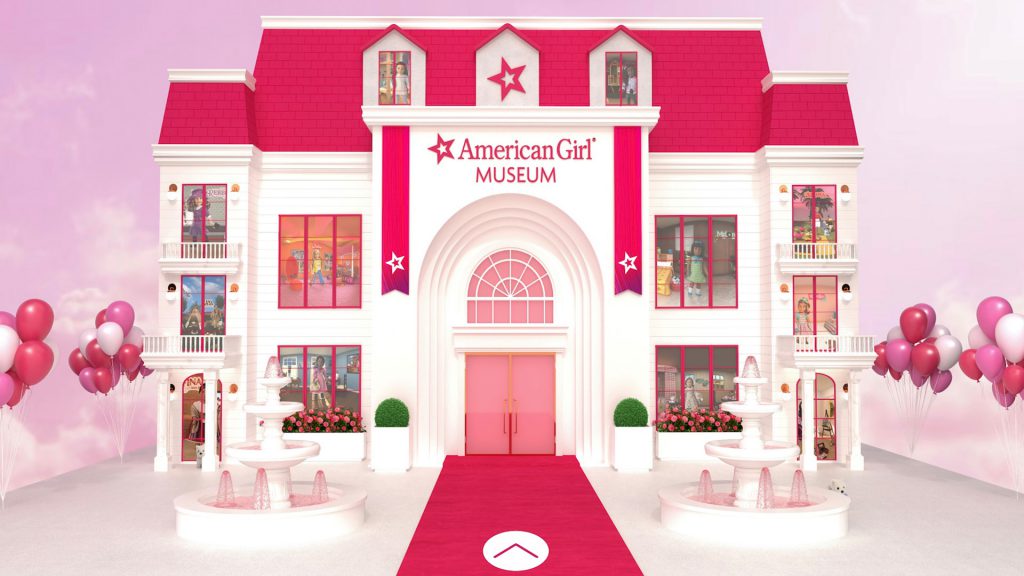The finest edit in luxury is now transporting users to decadent shopping destinations, like Capri and Paris, via its multi-sensory, highly contextual visionOS app. Mytheresa has partnered with Obsess to launch Mytheresa: Immersive Luxury App for Apple Vision Pro, in alignment with the release date of Apple’s newest spatial computing device. The brand is among the first luxury fashion brands to launch on Apple Vision Pro, and it’s using the device as a new platform to launch exclusive capsule collections and curated edits.
Luxury’s New Era
As one of the first luxury platforms to embrace Apple’s new Vision Pro spatial computing device, Mytheresa is pioneering a new era in digital retail, offering customers an unparalleled shopping experience. The experience merges the tactile beauty of luxury goods with the boundless possibilities of digital innovation.
Imagine stepping into the vibrant streets of Capri or the romantic avenues of Paris, all from the comfort of your home. This is the promise of the Mytheresa app for Apple Vision Pro. Through our collaboration with Mytheresa, we’ve created hyper-realistic environments that transport users to luxury destinations around the globe. In each destination, shoppers can explore exclusive collections and curated edits tailored to the locale, whether it’s chic resort wear perfect for the beach or dazzling party attire for an evening in the city.
Adding Context to Content
Our partnership with Mytheresa goes beyond just visual aesthetics; it’s about crafting a sensory shopping journey that engages customers in a profoundly emotional way. The app introduces an immersive product carousel, allowing users to experience luxury collections within contextual environments.
The immersive carousel transforms the conventional e-commerce grid into a dynamic, engaging experience, highlighting our shared vision of blending technology with luxury retail. Every interaction within the experience is controlled via intuitive hand and eye gestures—adding to the app’s luxe, seamless interface. Likewise, the integration of Apple Pay ensures that purchases are not only secure but effortlessly convenient.

Mytheresa’s iconic yellow packaging and a new exclusive pattern, showcased in the app’s intro and outro scenes, add a touch of elegance and exclusivity that rounds out the luxury spatial shopping experience.
Bespoke Experiences for Top Customers
The Mytheresa app is not a one-time wonder but a gateway to ongoing exclusive collections and capsule launches. It’s an invitation to experience luxury in a context that celebrates the emotion and artistry behind every product.
For Mytheresa’s top customers, this will extend to personalized styling sessions, further personalizing the luxury shopping experience.
Spatial Computing for Luxury Brands and Retailers
This collaboration between Mytheresa and Apple Vision Pro is more than a step forward in digital retail—it’s a leap into a new era of luxury shopping. It’s an invitation to experience the world’s most coveted fashion in a way that’s as immersive and interactive as exploring the destinations they’re inspired by.
The Mytheresa: Immersive Luxury App is available to download for free from the App Store for Apple Vision Pro.
Apple Vision Pro Design and Development Services
Obsess is developing highly visual, interactive and tailored shopping experiences to help luxury brands and retailers, like Mytheresa, revolutionize storytelling and engage consumers digitally like never before.
Brands can work with Obsess to conceptualize, design and develop their visionOS apps and immersive browser-based experiences. These can include virtual stores, tools to mix-and-match outfits, shop with friends or sales associates from afar—or even bring an outdoor space right into an indoor home. Apple Pay is available to implement on all Apple Vision Pro apps, enabling a seamless checkout.
If you are interested in creating an experience for Apple Vision Pro for your brand, book a demo or send a message to contact@obsessvr.com today.























